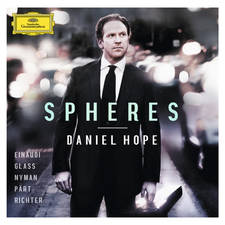Beethoven - Piano Sonata No. 8 in C minor ('Pathétique')
This famous sonata was written in 1798, titled the Grande donate pathétique by the publisher - much to Beethoven's liking.
The Swiss composer and conductor Edwin Fischer said, ‘For Beethoven, the sonata form is not a scheme that can be used in caprice one day and abandoned the next.
This form dominates everything he imagines and composes; it is the very mark on his creation and the form of his thought – an inherent form, a natural one.’ And of the 32 piano sonatas composed by Beethoven, only the Moonlight challenges this one in the popularity stakes.
The Pathétique hails from the early part of Beethoven’s career: the late 1700s, a time when the traditions of the Classical period were still dominant and Beethoven himself was largely content to compose within these constraints. For the best part of two hundred years, musicians have debated the true reason for its nickname. Some sources suggest Beethoven himself added the subtitle Pathétique, while others imply it was the work of his publisher, albeit with the composer’s blessing.
The key of C minor – often a perfect vehicle for tragic, deeply emotive music – is Beethoven’s key of choice here, leading many to believe it was directly inspired by Mozart’s Piano Sonata No.14, composed in the same key less than two decades previously. While there might be links, many of these are arguably tenuous. The music is undeniably Beethoven’s, and shows a young composer already thoroughly at ease with the concept of sonata form and clearly able to use it to convey deep meaning.


























